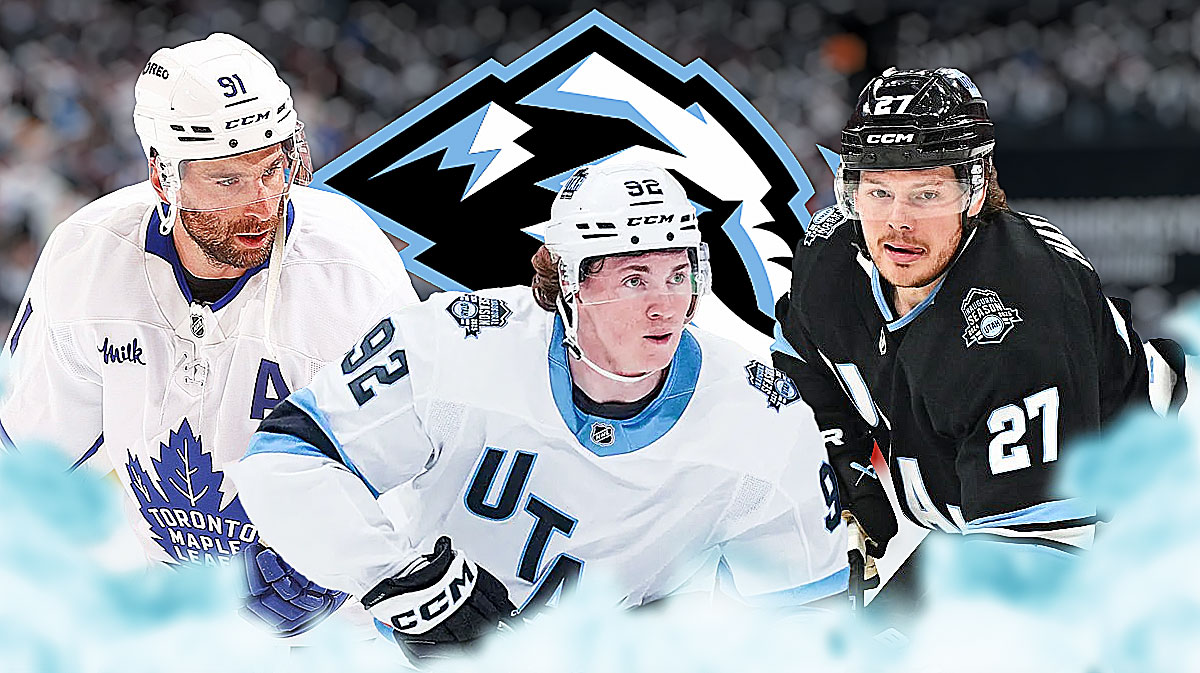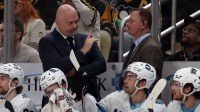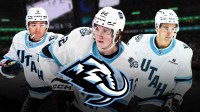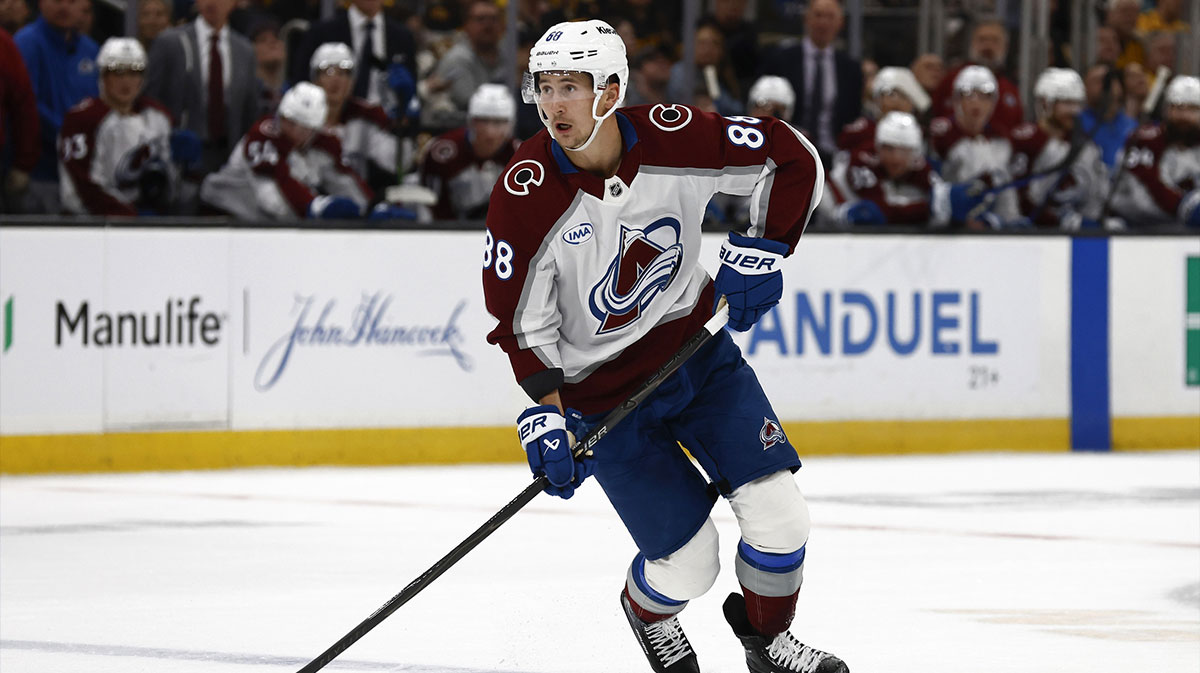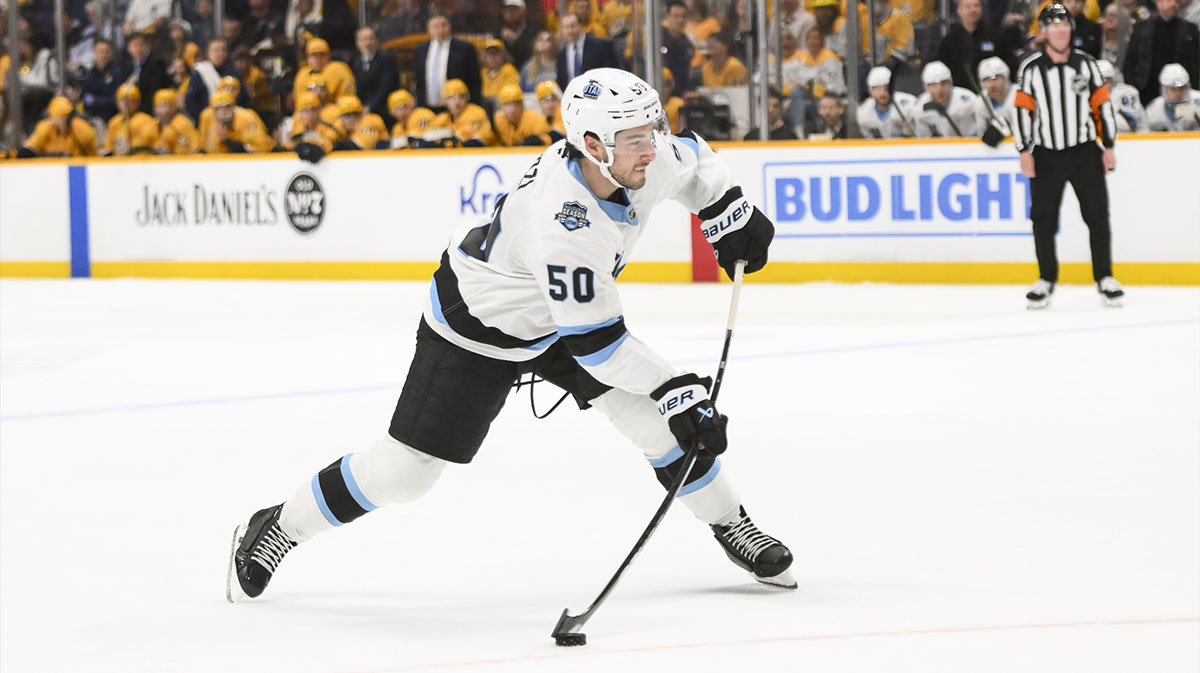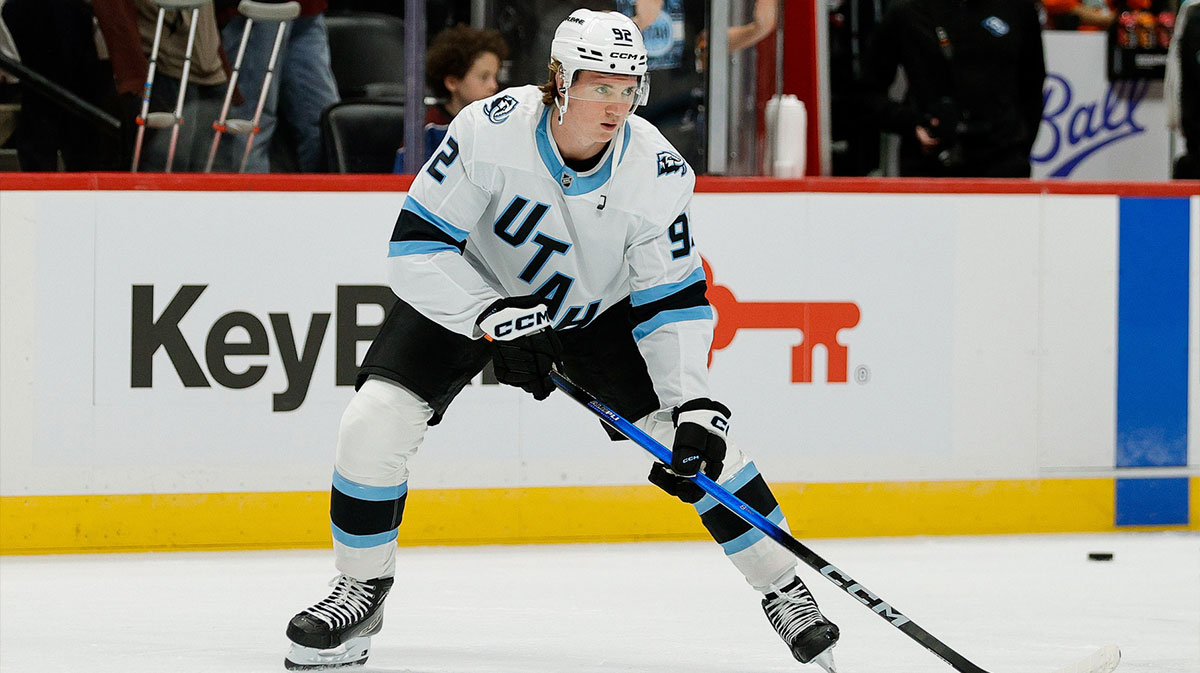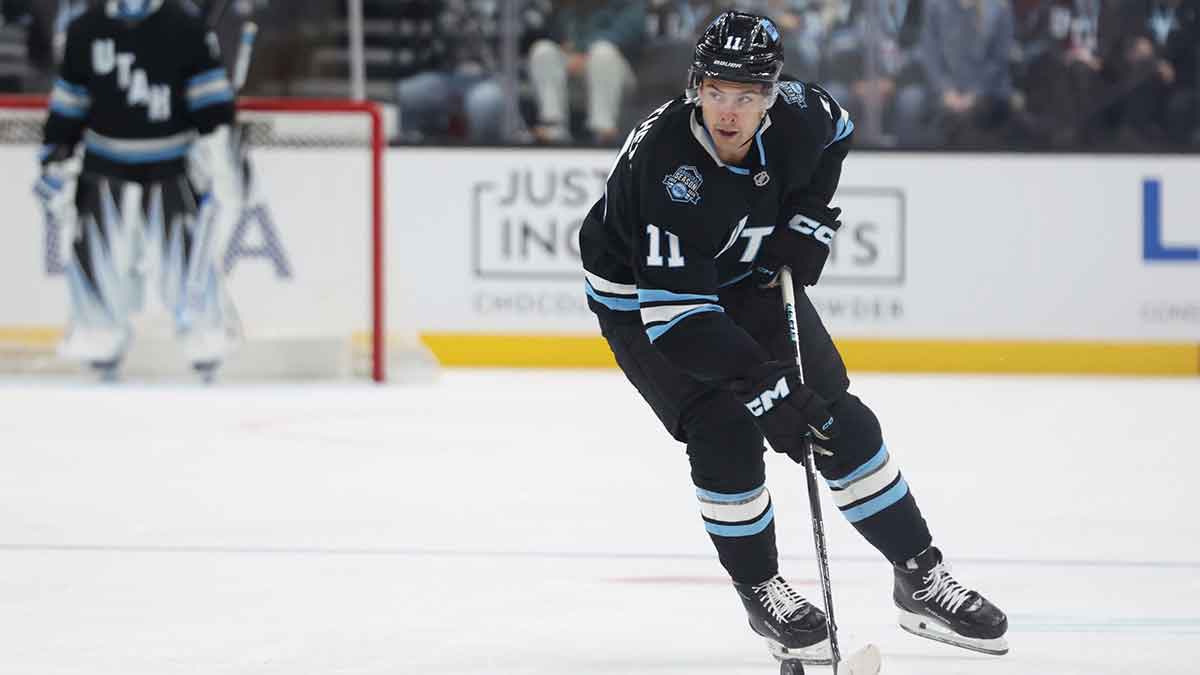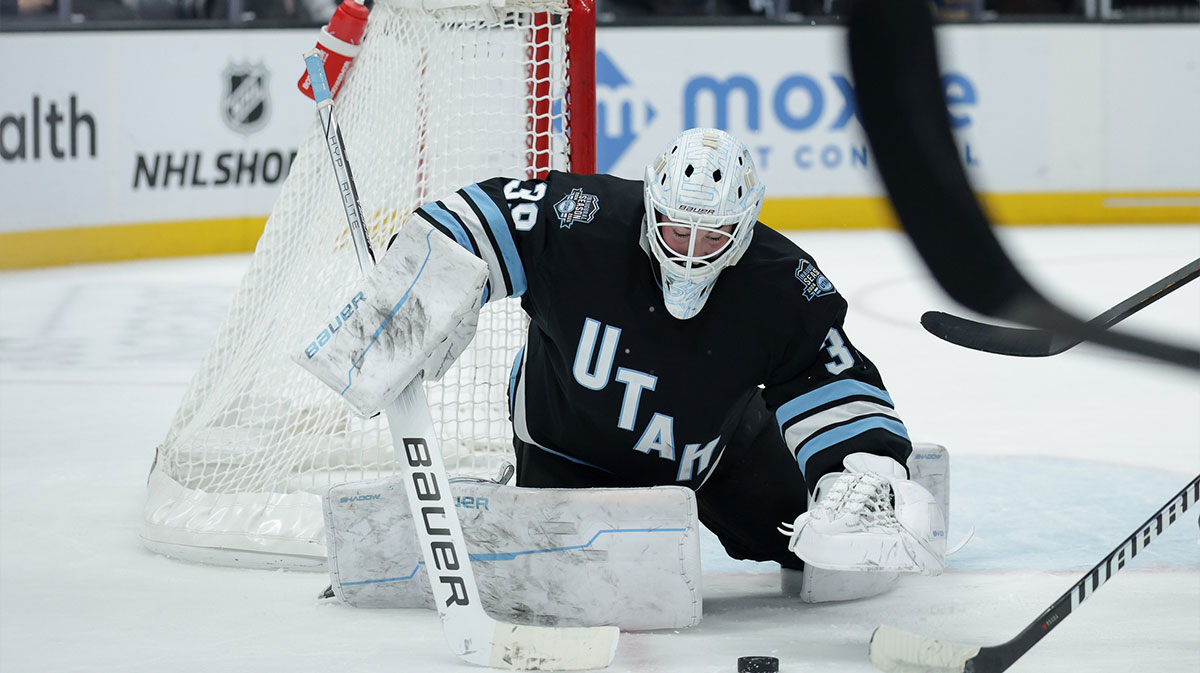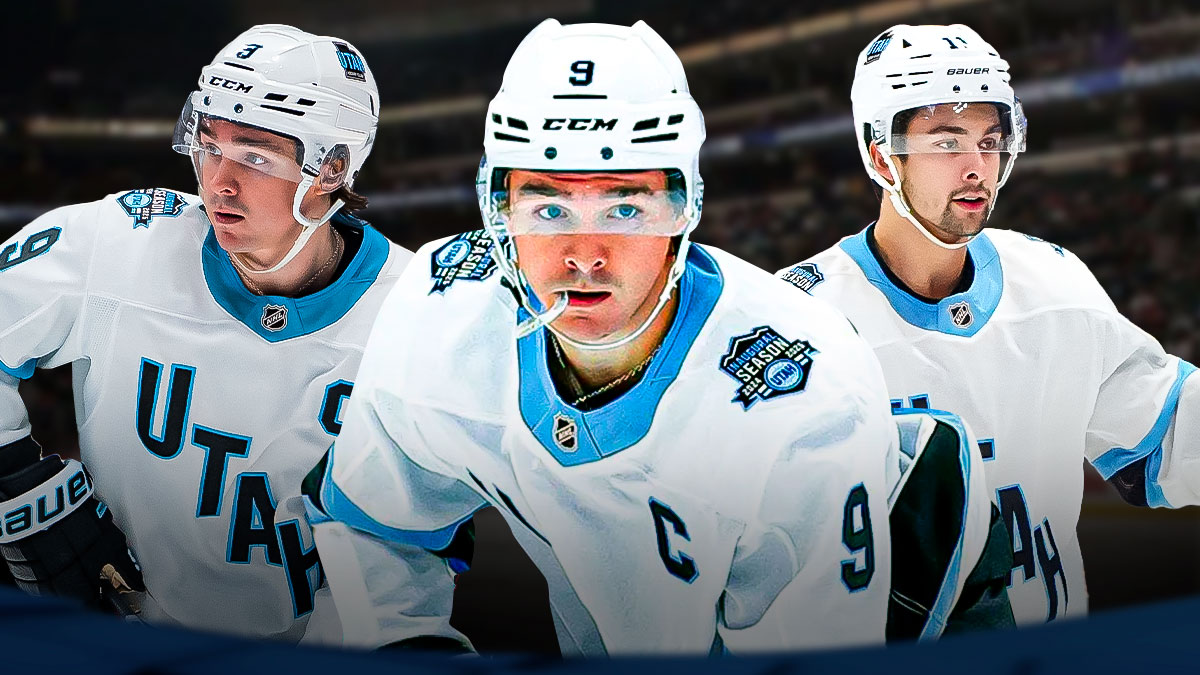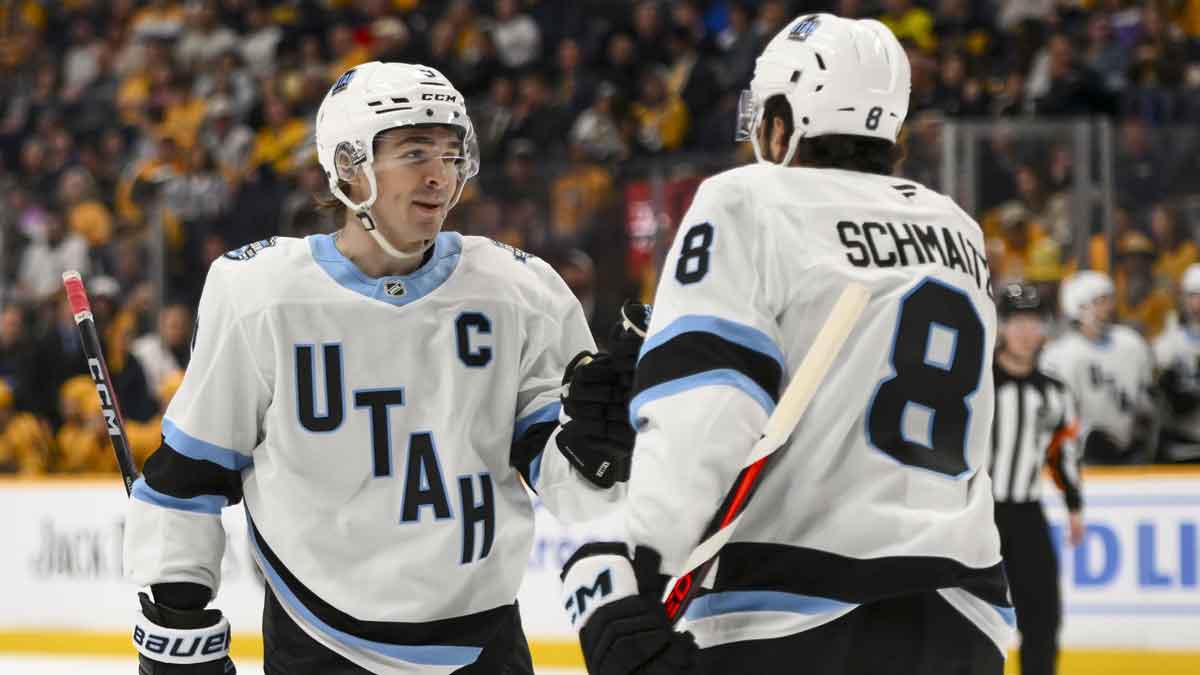The Mammoth just completed its first season in Utah since acquiring the hockey assets of the Arizona Coyotes. The Mammoth was known as the Utah Hockey Club at the time and had a solid season. They went 38-31-13, finishing seven points behind the St. Louis Blues for the final playoff spot in the Western Conference. The Mammoth has a strong core of players, draft capital, and plenty of cap space as they aim to make the playoffs for the first time in Utah.
The Mammoth has a strong young core. They had six players score 45 or more points while playing 70 or more games this past season. Further, all six of them are under contract this upcoming season, and only Nick Schmaltz will turn 30 this upcoming season. The rest of the players will be under 27 years old this year. Utah is also projected to have plenty of cap space, with over $21 million available, according to Cap Wages. They also have plenty of draft capital, capped off by having three picks in the second round of the 2026 NHL Draft.
Still, there are plenty of needs for the Mammoth this upcoming offseason. While they have a young core, only Mikhail Sergachev has major playoff experience. That places the need for a veteran presence for the Mammoth. With draft capital, they can make a run at some of the higher-quality restricted free agents. Finally, two of the main parts to the core are entering the final years of their contracts, and can be re-signed this offseason. With that, here are some dream scenarios for the 2025 NHL offseason for the Mammoth.
The Mammoth need a veteran presence
Mikhail Sergachev played in 100 career playoff games in his time with the Tampa Bay Lightning, hoisting the Cup twice, and playing for a third. Meanwhile, Clayton Keller has nine career playoff games, back with the Coyotes in 2020, while Schmaltz has four career playoff games in 2017 with the Chicago Blackhawks. Beyond that, there is not a lot of playoff experience on the Mammoth. Nick Bjugstad was the major veteran presence among the forwards, playing in his 13th NHL season, but he is an unrestricted free agent this offseason. The Mammoth need to replace his experience, while also bringing in a player who can contribute.
John Tavares of the Toronto Maple Leafs is a free agent this season. Tavares would bring a boost in production for the Mammoth on the second line. Currently, Barrett Hayton played this past year as the second-line center, but Hayton has played left wing, and Schmaltz could join the trio on the right side. This would give a quality landing spot to Tavares on the second line. Tavares scored 38 goals while adding 36 assists this year. That gave him a third season in the last four over 70 points. He also added 20 points on the power play for a fourth straight season. Those numbers would make him one of the top forwards on the Mammoth, only behind Keller in total points.
Tavares will turn 35 this year and is expected to have a price of just under $8 million per year on his next contract, something Utah can handle. Also, he has 16 years of NHL experience, and he has played in 75 playoff games over ten seasons in the playoffs. Tavares would not only bring production, but experience that the Mammoth need.
Utah goes after restricted free agents
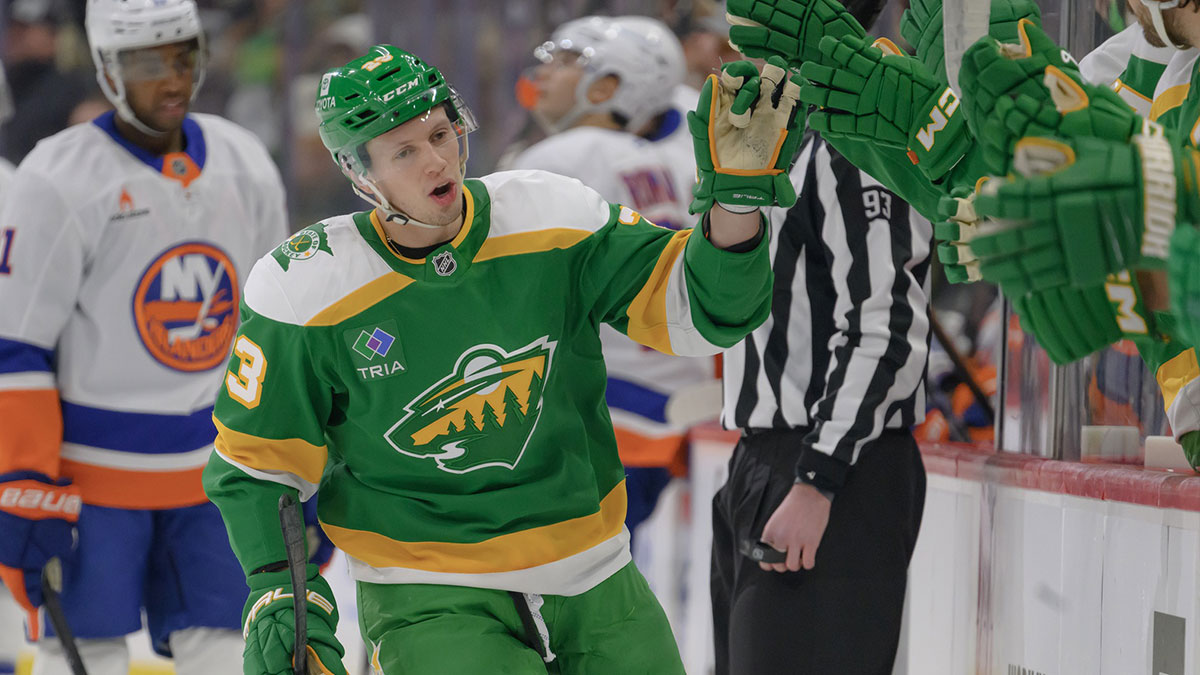
When signing a restricted free agent to an offer sheet, if the former player's team chooses not to match it, the new team must provide compensation in the form of draft picks. Utah is one of the teams that has the correct draft capital to sign a player at any offer sheet level. There are two players Utah should consider with its draft capital. The first is Marco Rossi. The Wild have noted they could potentially trade Rossi, but the Mammoth could also try to sign him to an offer sheet. Rossi ended the season playing on the fourth line for the Wild, but played on the top two lines during the season.
Like Tavares, Rossi could slip into the second line for the Mammoth, while Utah shifts positions for Hayton and Schmaltz. Rossi played in 82 games this year. That is something only one other member of the Wild did. It was also his second straight year playing in 82 games. He also increased his production, scoring a career-high 24 goals and recording a career-high 36 assists. Depending on the length of the contract, the center is projected to cost between $4.5 and $7.4 million in AAV. At just 23 years old, and with a manageable number, Rossi could be part of the Mammoth core for years to come.
A second option is Gabriel Vilardi. Vilardi is older than Rossi, as he will be 26 this offseason. Still, he would also be part of a young core and could slide into that second-line center slot. Vilardi also played on the right wing. This would allow Utah to keep Schmaltz and Hayton in their positions from this year. The forward also just had a breakout season. He set career highs in games played, goals, assists, points, and power play points. Also, if Utah can bring in both Tavares and one of these restricted free agents, they would have three solid lines of production for their next campaign.
Logan Cooley and Barrett Hayton need extensions
One of the biggest strengths for Utah is the young core on its top two lines. This year, they had five forwards under the age of 30 score over 40 points. Two of them are restricted free agents in the 2026 offseason. Utah has the right to negotiate with them during this free agency period. Cooley made major improvements in his second season in the NHL. The 2022 first-round draft pick scored 25 goals with 40 assists this past season. He also had 20 points on the power play. Cooley also improved on the face-off while creating more high-quality scoring chances. With a few contracts coming off the books in 2026, signing him to the expected $3 million AAV deal is necessary.
Hayton is also due for an extension. His AAV is expected to be in the $1.8 million range. Hayton played all 82 games this past season, scoring 20 goals and 26 assists. With both players showing improvement, locking this up now before the cost goes up is vital for the future of Utah.

